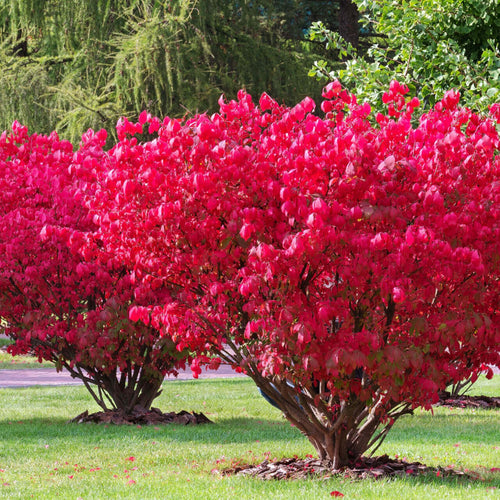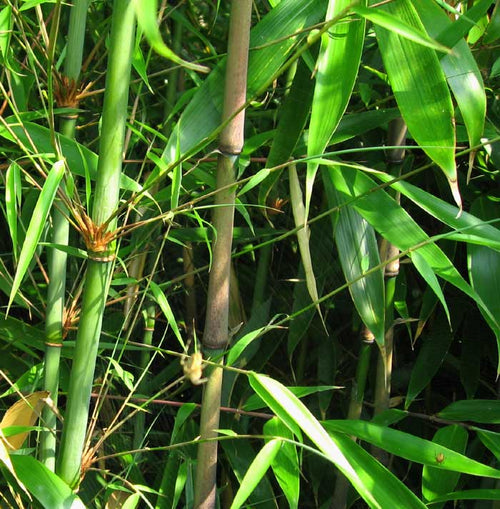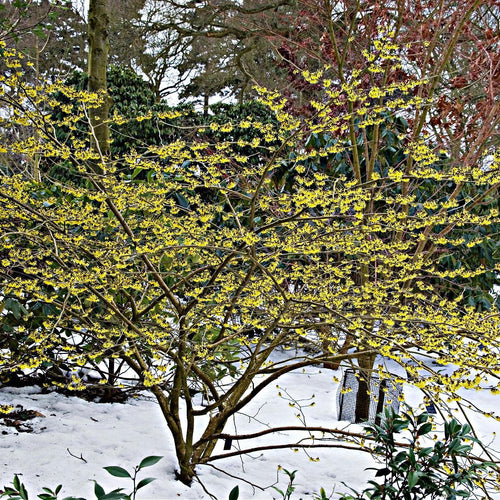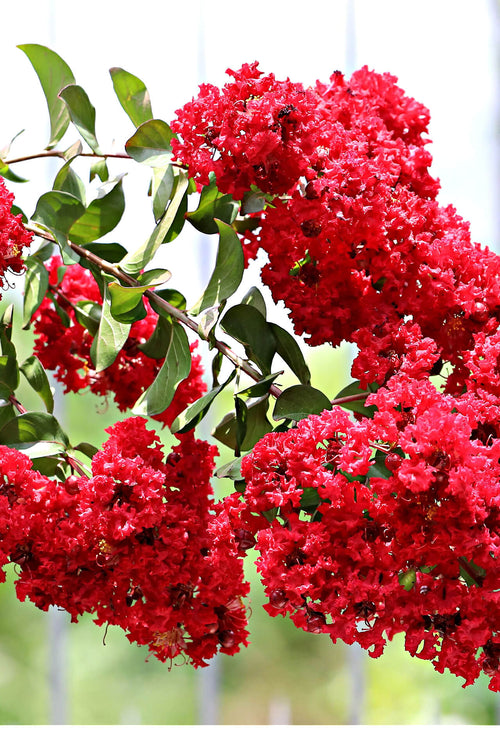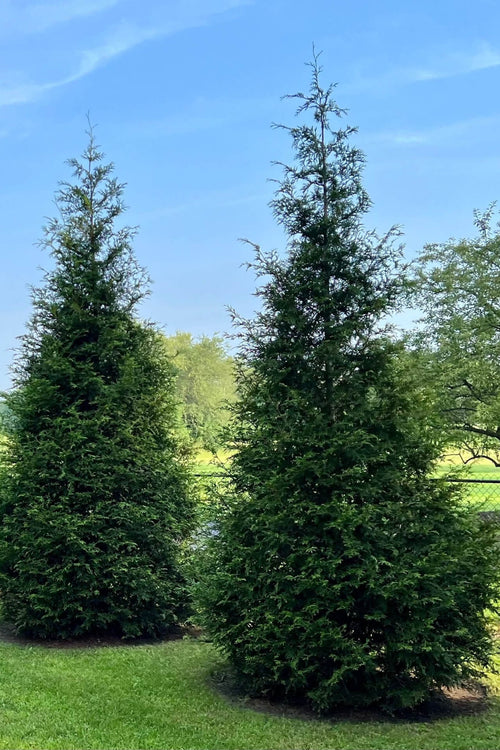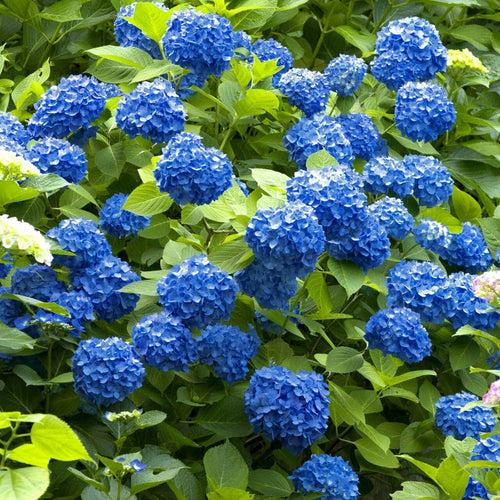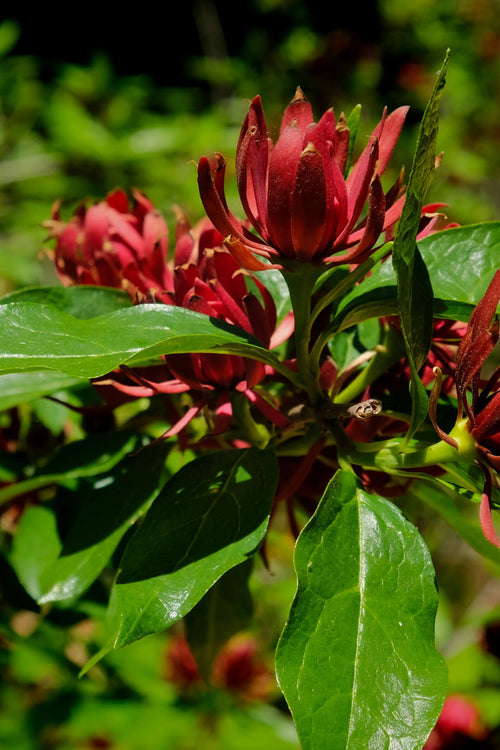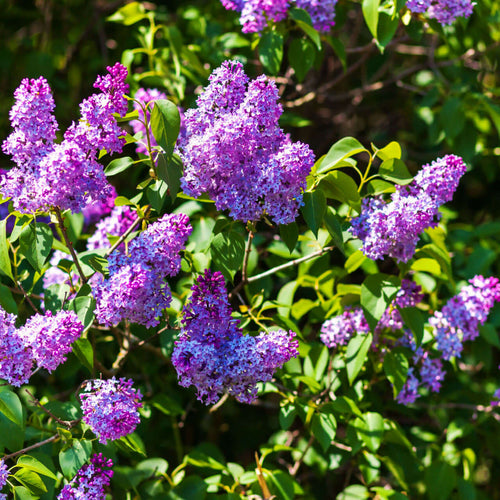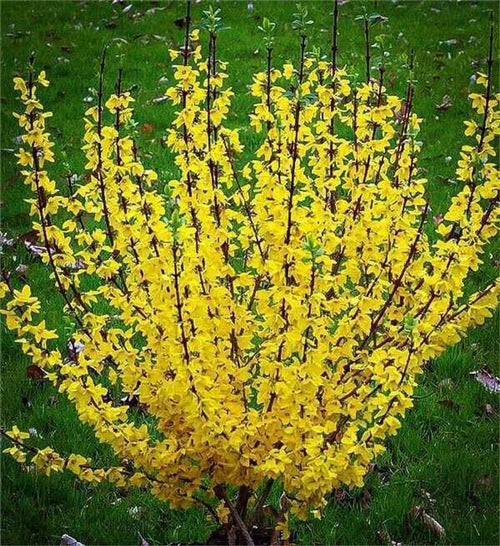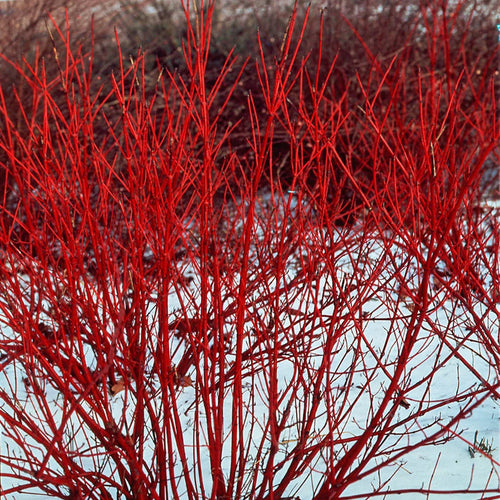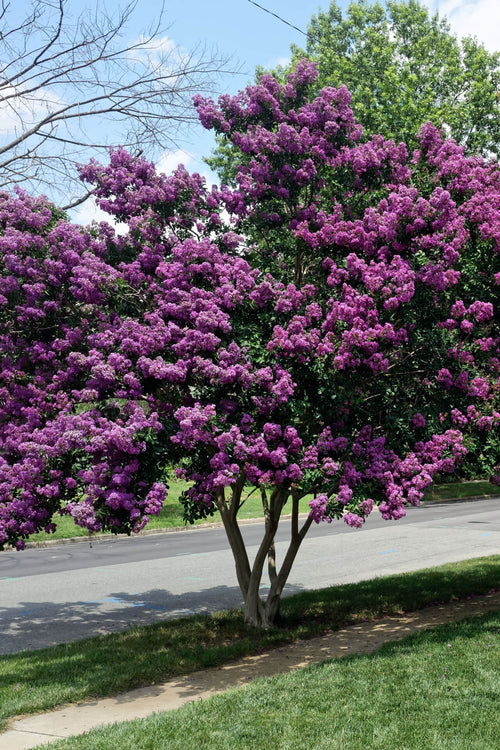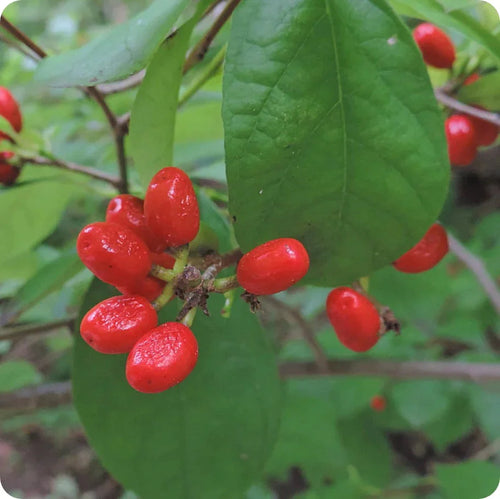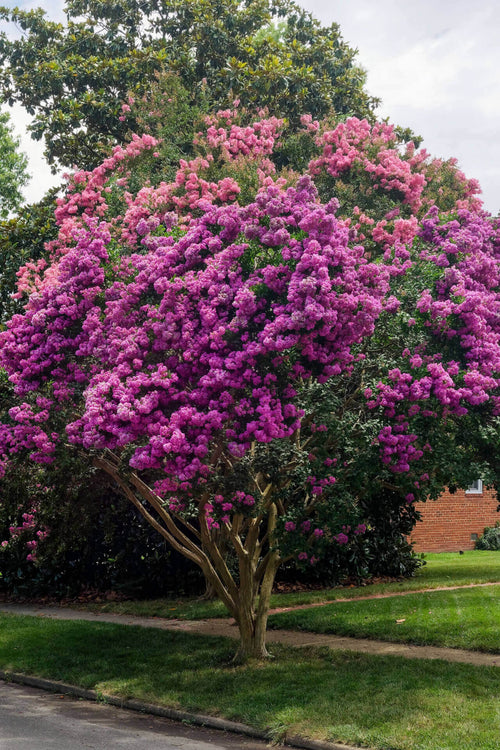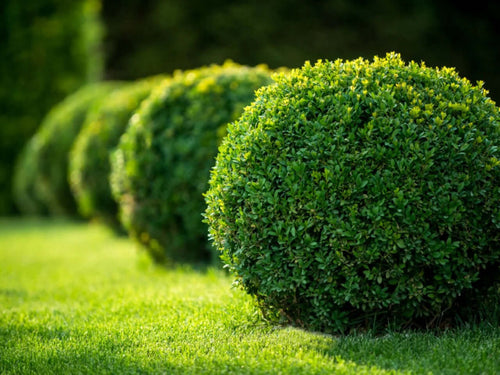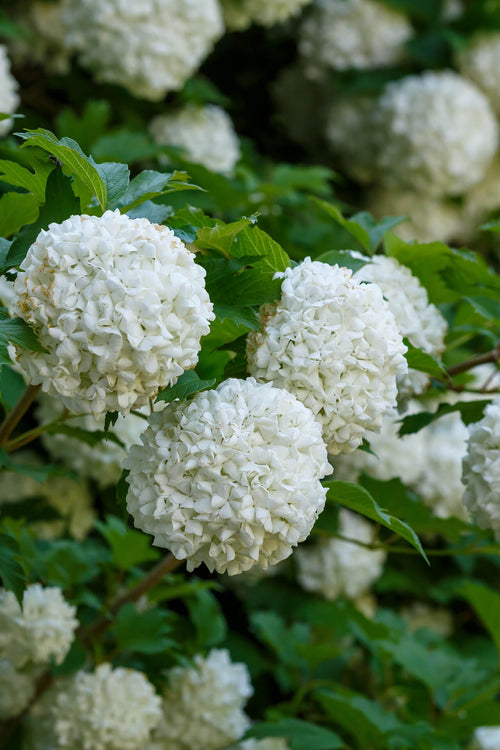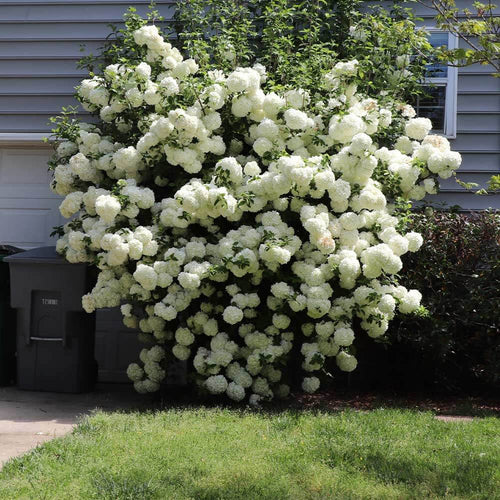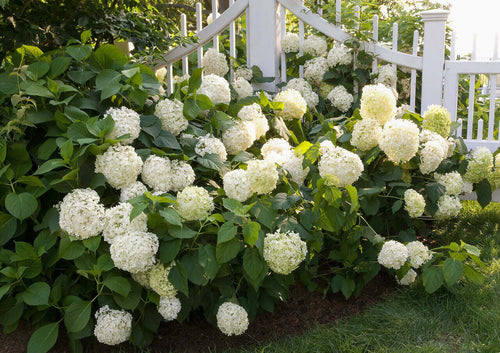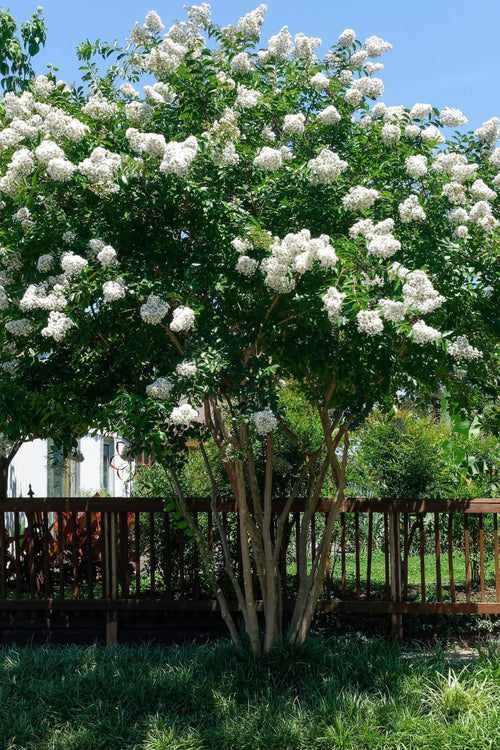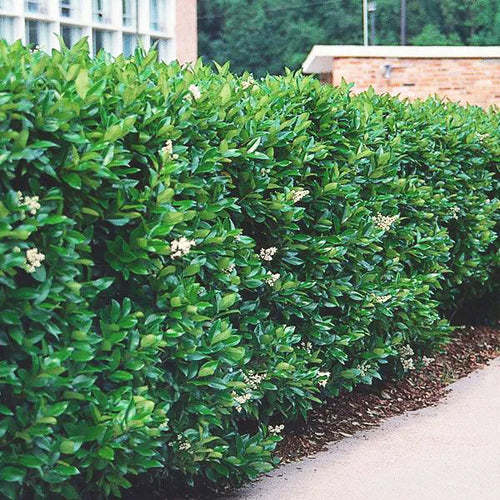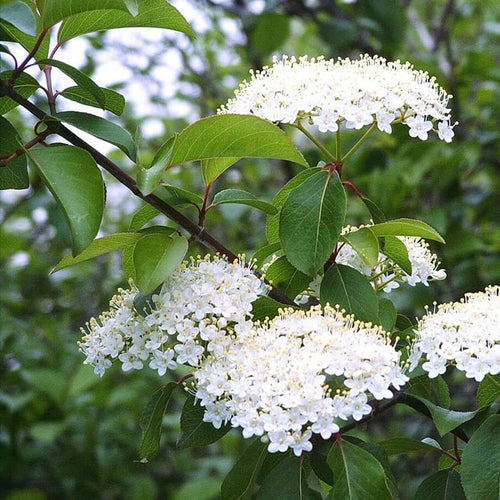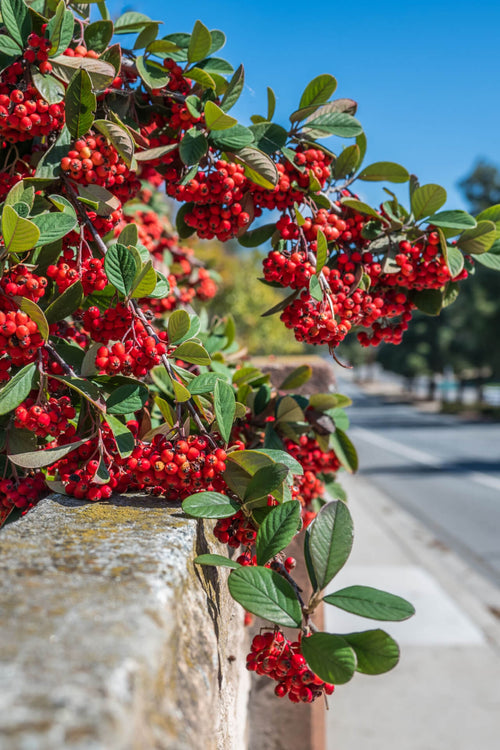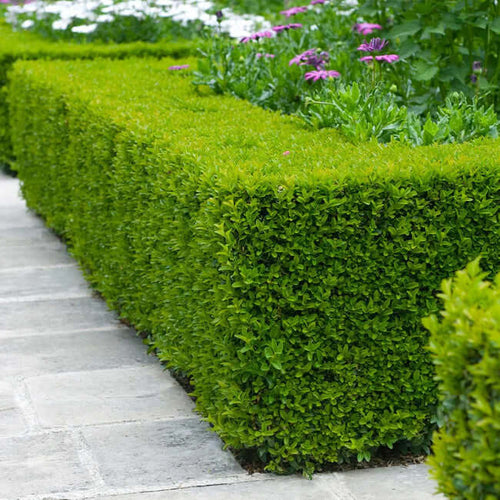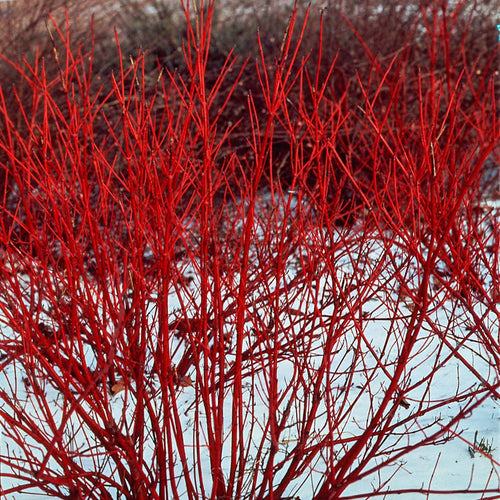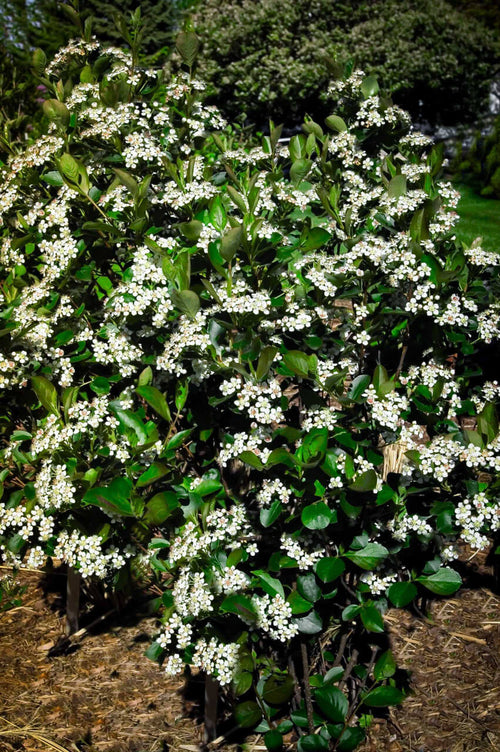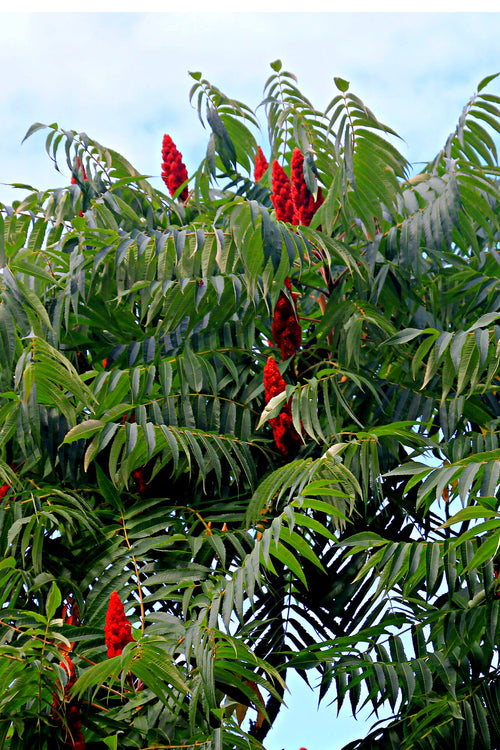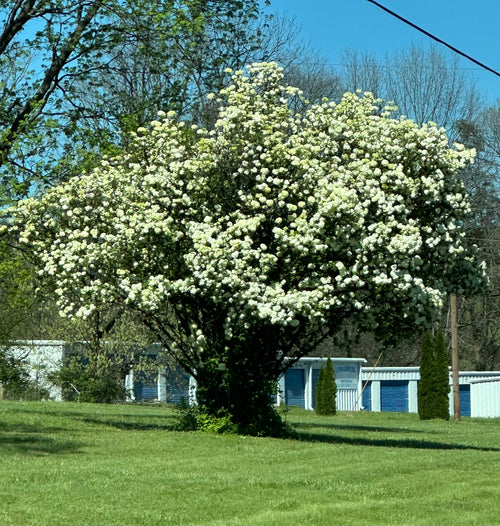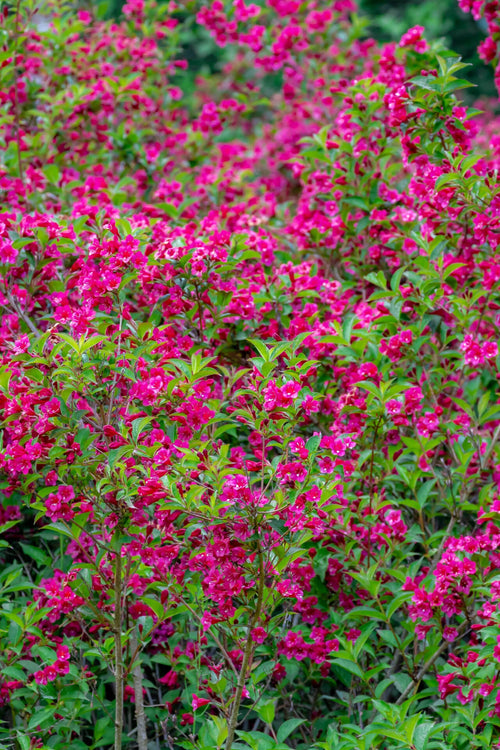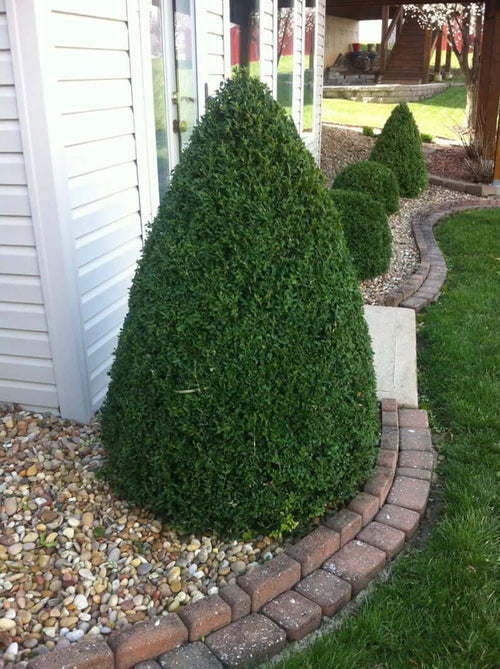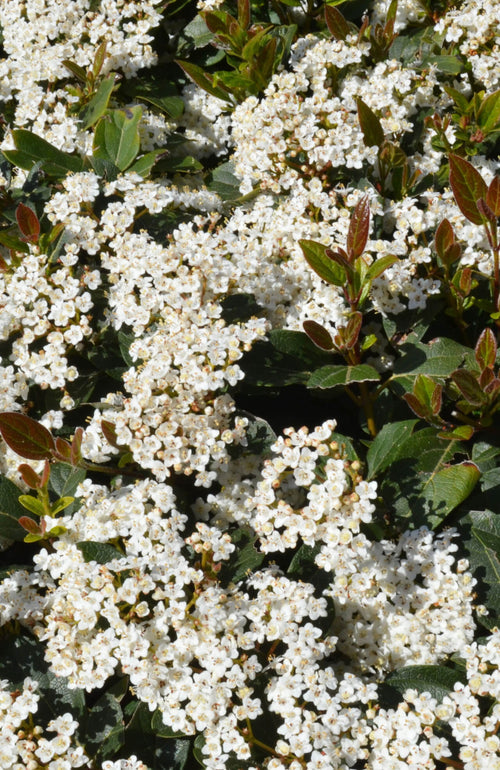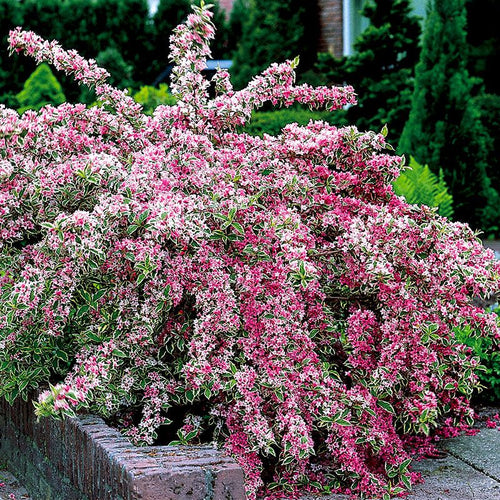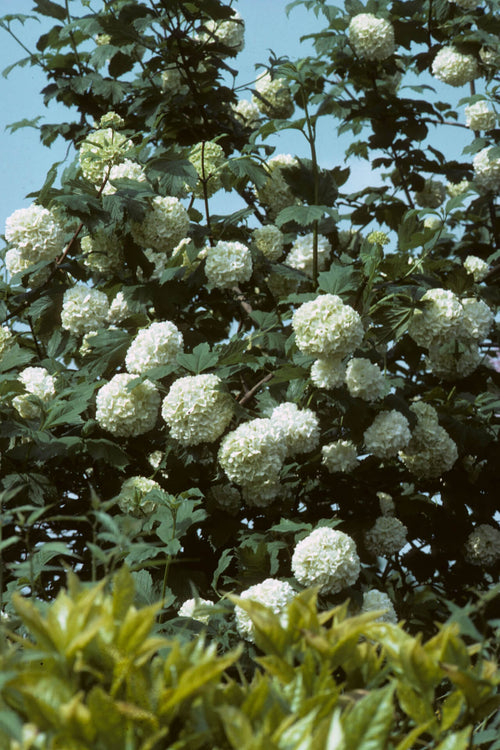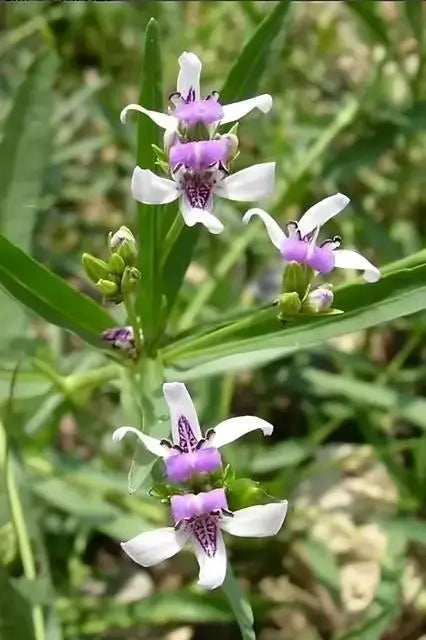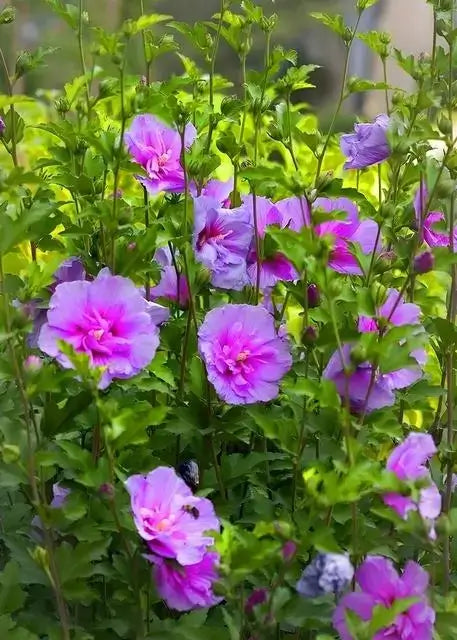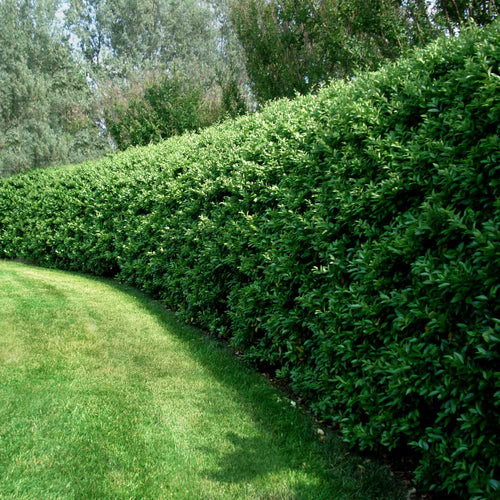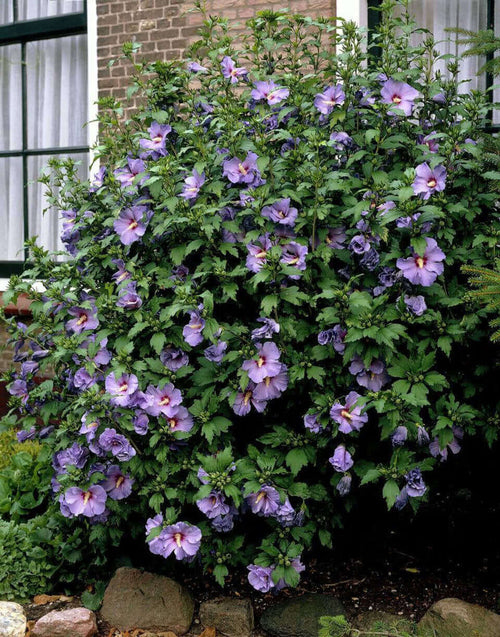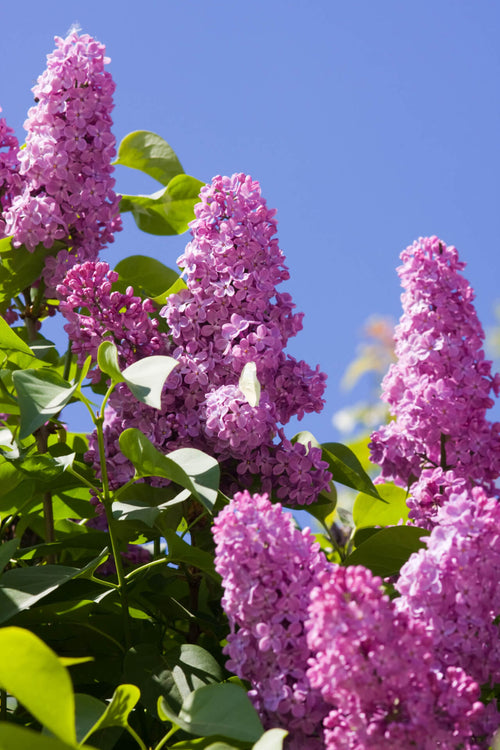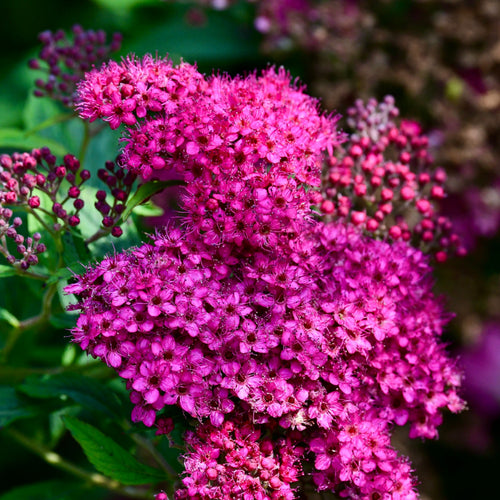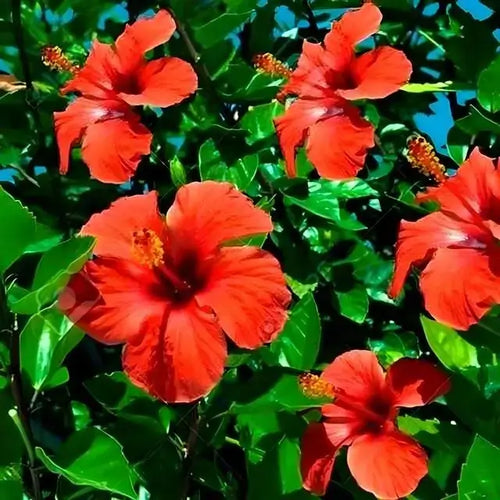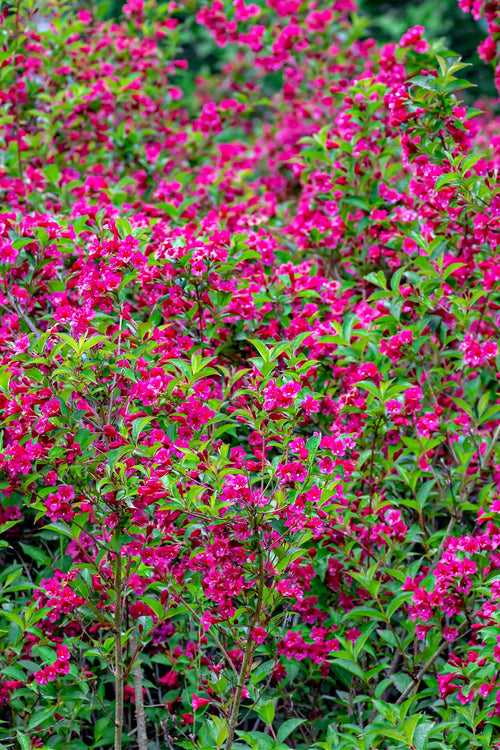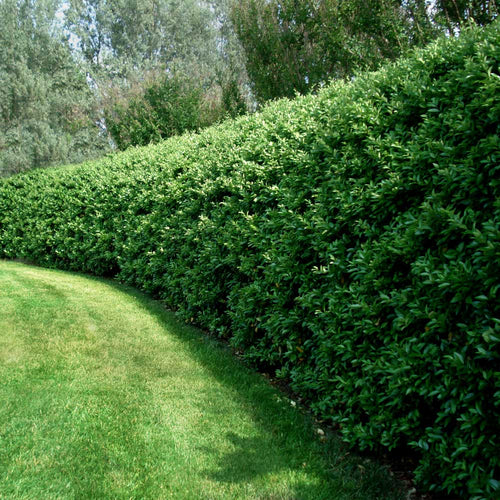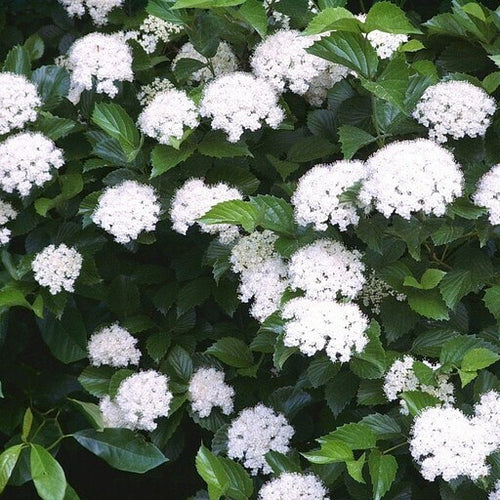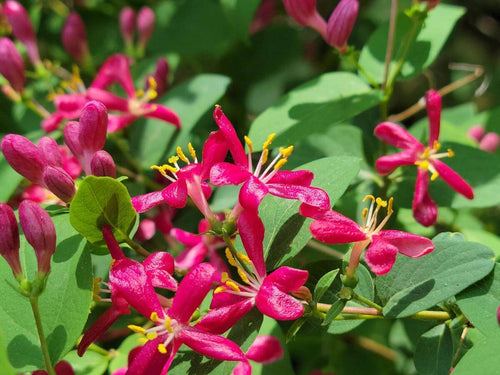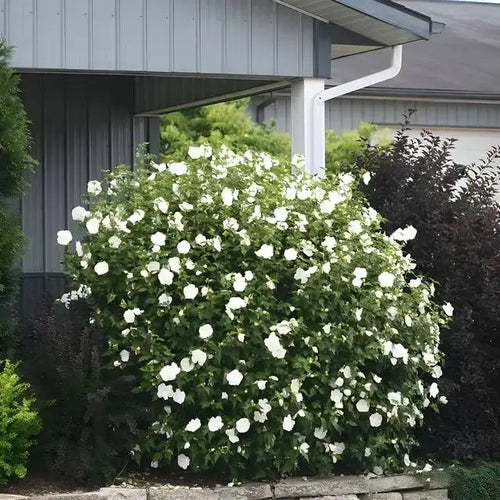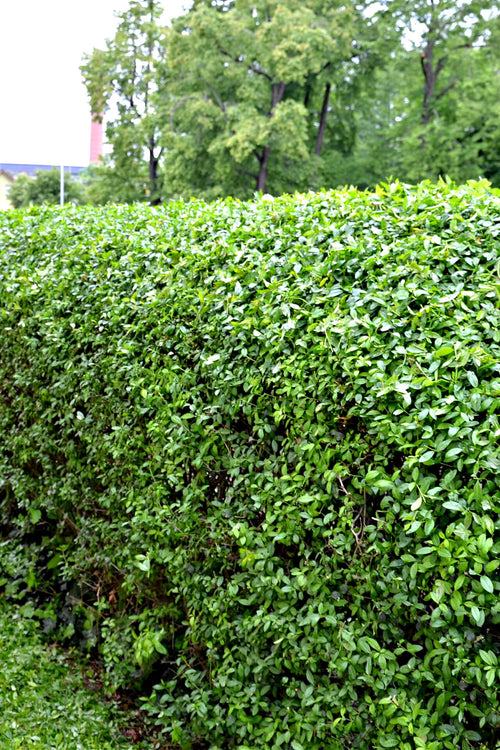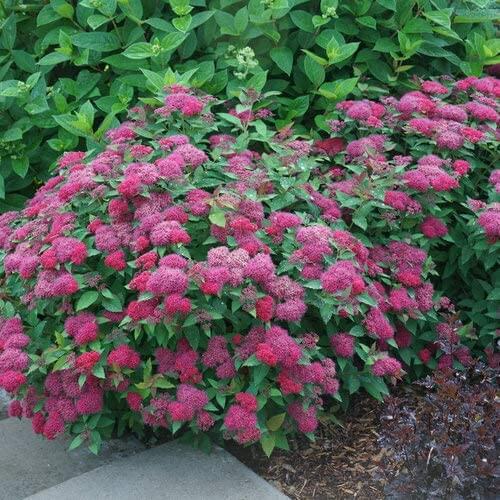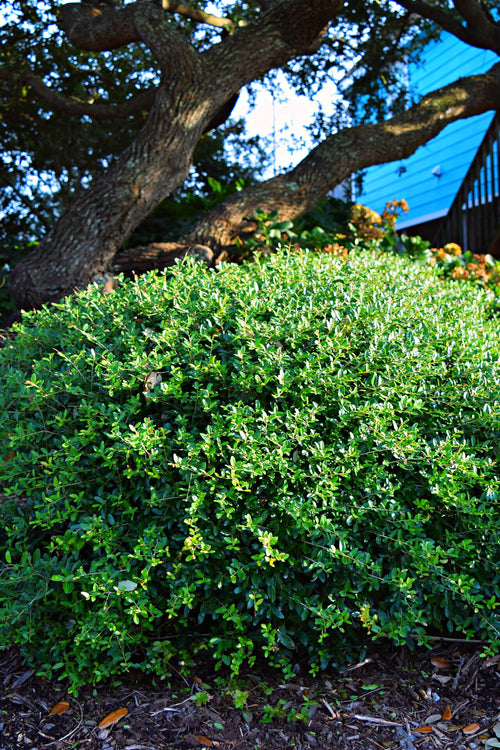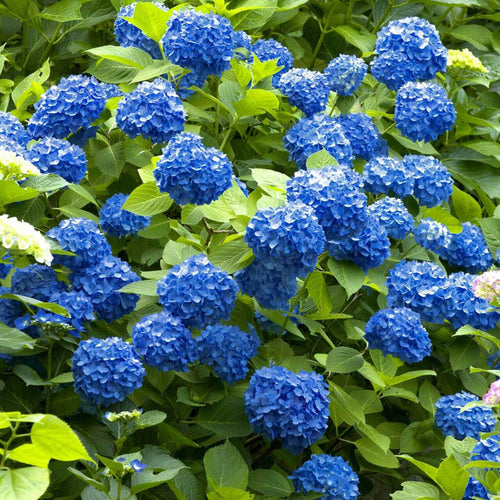Witch Hazel
The Witch Hazel is a deciduous shrub is known for its spidery, fragrant yellow to orange-red flowers that bloom in late winter to early spring, often before its leaves emerge, making it a unique and welcome sight in gardens.
It is a versatile shrub that offers numerous benefits in landscaping beyond its well-known medicinal uses. Native to North America and parts of Asia, these deciduous shrubs are prized for their unique appearance, vibrant foliage, and striking winter blooms. When incorporated into landscape designs, this plant can bring a range of aesthetic and functional advantages that enhance outdoor spaces.
Witch hazel adds interest to the landscape throughout the year.
Four-Season Interest: In late winter or early spring, the shrub bursts into bloom, displaying fragrant, spidery flowers in shades of yellow, orange, and red. This early flowering period provides a much-needed splash of color when most other plants are still dormant. Additionally, Autumn's foliage turns vibrant shades of yellow, orange, and red, creating a stunning autumnal display.
Natural Privacy Screen: This shrub can be an effective natural privacy screen with its dense branching and arching habit. Planted strategically along property borders or in groupings, it can shield outdoor spaces from prying eyes and create a sense of seclusion.
Pollinator-Friendly: The flowers are a valuable nectar source for early-emerging pollinators, such as bees and butterflies. By attracting these beneficial insects, this shrub contributes to the overall health and biodiversity of the landscape, promoting a balanced ecosystem.
Tolerance to Shade: Witch Hazel shrub thrives in partial shade to full sun, making it an excellent option for landscapes with varying light conditions. Its adaptability allows for planting in different locations, from under the canopy of more giant trees to sunnier spots in the garden.
Erosion Control: The extensive root system helps stabilize the soil and prevent soil erosion, prevention on slopes or areas prone to water runoff.
Low Maintenance: Once established, this is a relatively low-maintenance shrub. It is resistant to pests and diseases, requiring minimal intervention.
Wildlife Attraction: Apart from pollinators, this shrub attracts other wildlife, such as birds, which feed on the seeds and seek shelter within the shrub's branches. This feature contributes to the overall biodiversity and liveliness of the landscape.
Winter Interest: Distinctive, ribbon-like flowers appear in winter, adding a unique touch to the landscape during an otherwise less colorful season. These spidery blooms can withstand light frosts, offering an enchanting sight in colder climates.
Versatile Uses: Beyond standalone plantings, this shrub can be incorporated into mixed borders, woodland gardens, or naturalized areas. Its adaptability allows it to blend seamlessly with other plants and design elements.
In conclusion, witch hazel is valuable to any landscape design, offering four-season interest, privacy screening, pollinator support, erosion control, and low maintenance. Its unique beauty and ecological contributions make it a sought-after shrub for enhancing outdoor spaces. By incorporating this shrub into landscaping plans, homeowners and landscape designers can create visually appealing and ecologically friendly gardens that stand out every season.
Get your Witch Hazel from TN Nursery
This green-leafed shrub blooms with bright yellow flowers between October and December. The ribbon-like yellow petals usually appear after the leaves have fallen but sometimes will appear while the oval-shaped yellow autumn leaves still cling to the branches. It also has fruits that will form from fertilized flowers.
They first appear as green capsules but then turn brown over time. Its scientific name is because this shrub’s flowers, fruits, and leaves can all appear on its branches simultaneously. Hamamelis loosely translates as “together with fruit.” Its hardy nature makes it an easy-to-grow shrub. Because of this, it is trendy amongst gardeners as a shrub hedge or screen. Its fragrant flowers often lead to it being grown in an area where its pleasant scent is noticeable. It is often the last bit of color in a garden due to its late bloom.
Witch Hazel Thrives In Most US Zones
This shrub can be planted successfully in U.S.D.A. zones 3 to 9. It requires a lot of sunlight and does best in full sun or partial shade. Flowering will peak in full sun. It does well in moist, acidic soil and can handle heavy clay soil. The height increases by 13 to 24 inches yearly, giving it a slow to medium growth rate.
Pruning can be done in early spring to keep the shrub from growing that large if preferred. This plant requires little maintenance to flourish and rarely has insect or disease problems. Witch hazel has a broad, rounded leaf arranged in an alternating pattern along the branches. The flowers are also noteworthy in appearance with slender petals.
Some bloom in spring while others counter that, and the plant can showcase its cycle between seeding and blooming, such as the snapping hazel with seeds that split in a manner that ejects the seeds to a sufficient distance of nearly 30 feet. The sunny yellow flowers of this shrub add a glow of happiness to yards and gardens. The delightful fragrance of those flowers creates an even more cheerful atmosphere. It is so easy to care for that it is an excellent fit for even the hands-off gardeners.

